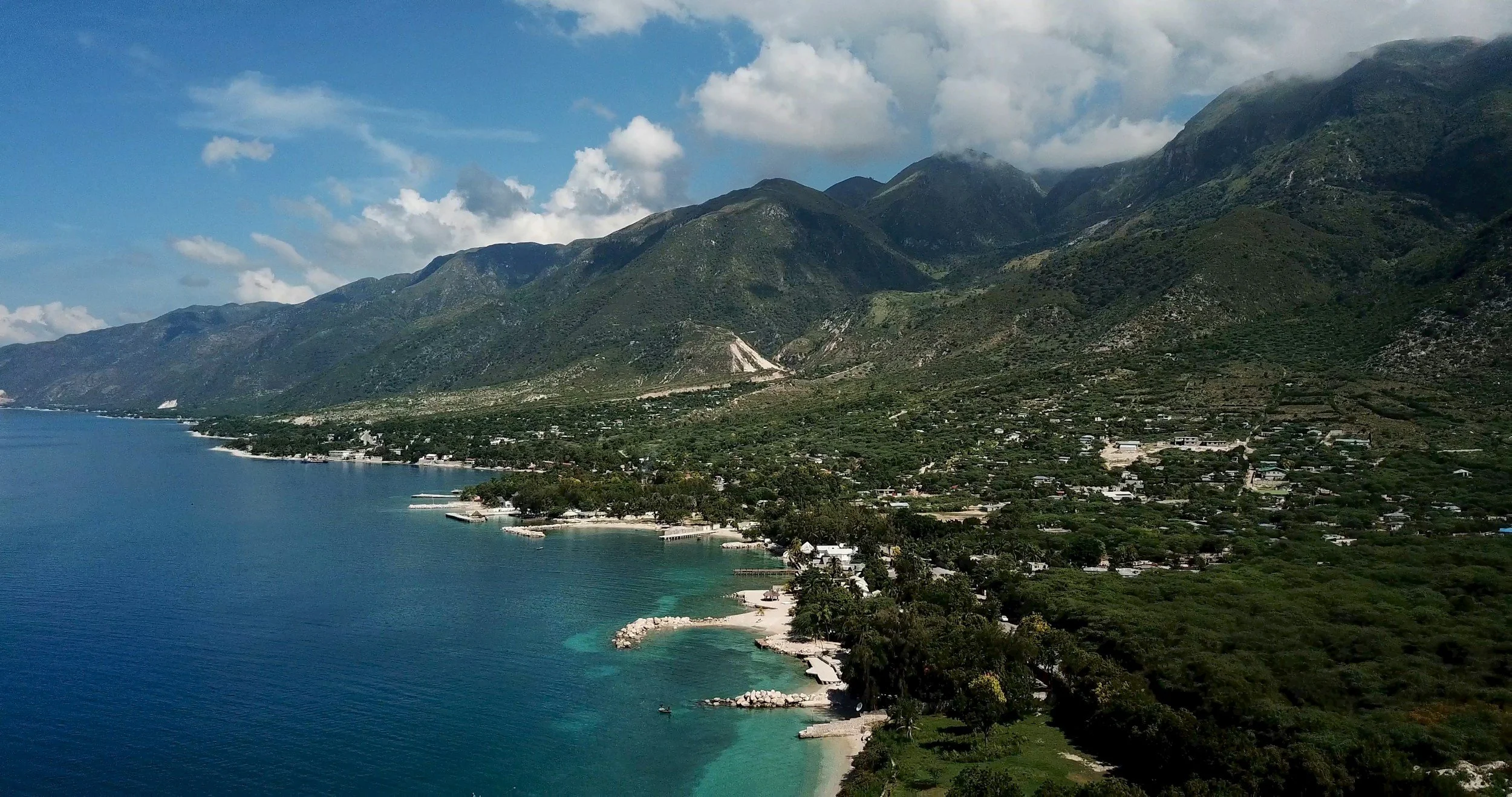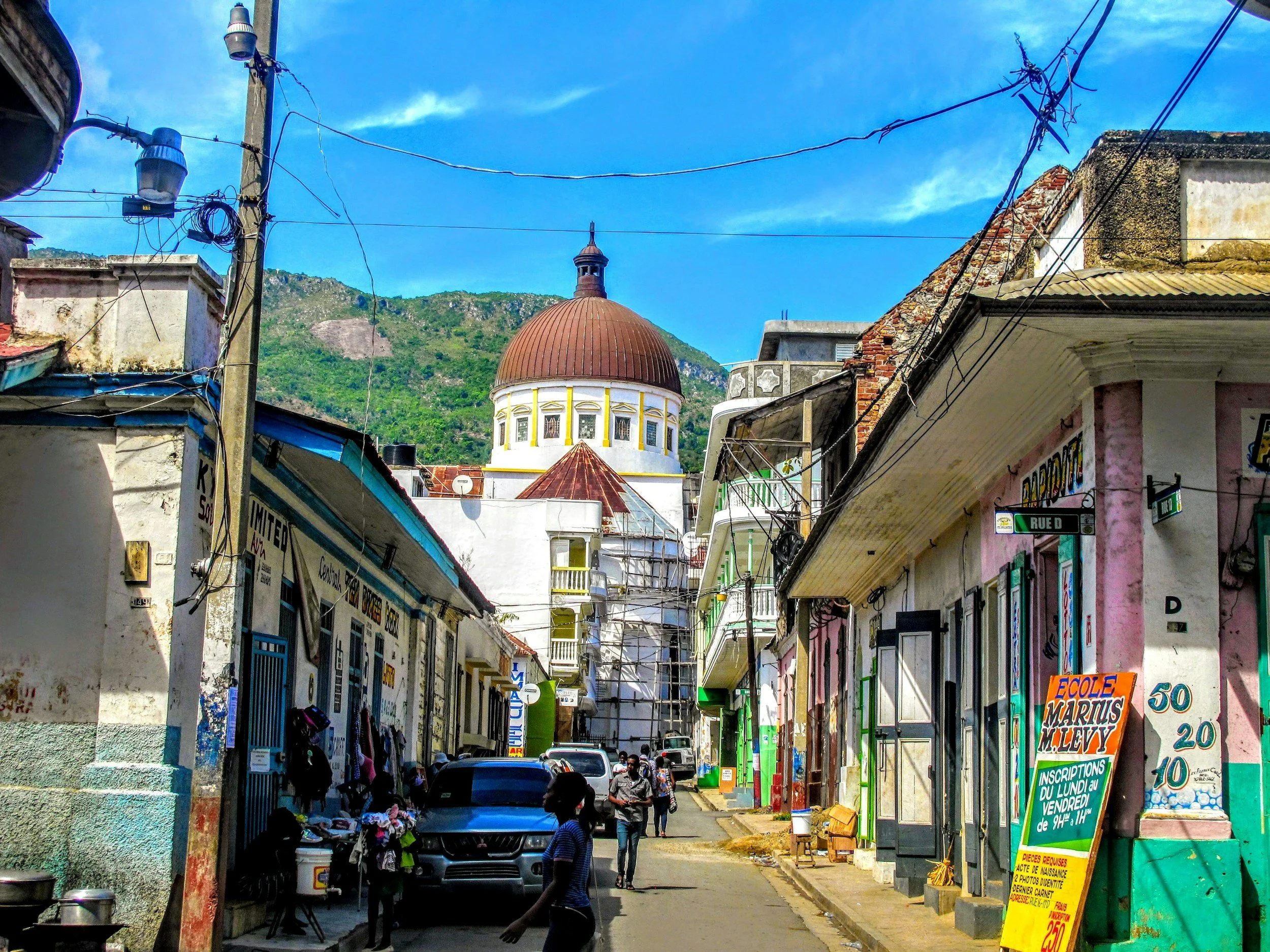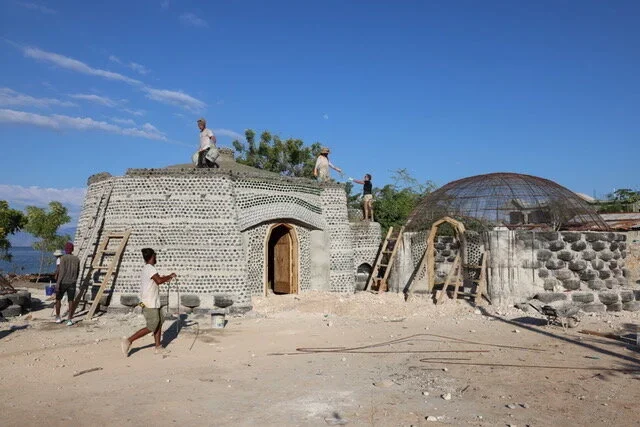
Discover key facts about Haiti
Its people, places, and what makes it unique
About Haiti
Haiti is a vibrant Caribbean nation with a rich culture, a strong sense of community, and a resilient spirit. From the mountains to the coast, it’s a country full of life, history, and hope — but also facing serious challenges. Whether you're researching for school or just curious, this page will give you trusted, up-to-date info about Haiti today.
Where is Haiti?
Haiti is a country in the Caribbean Sea, on the western side of the island of Hispaniola. It shares the island with the Dominican Republic. If you look at a map, you’ll find Haiti just southeast of the United States and Cuba.
Continent: North America
Region: Caribbean
Neighbours: Dominican Republic (to the east), surrounded by the Atlantic Ocean and Caribbean Sea
Closest major cities: Miami (about 700 miles away), Santo Domingo (next door), and Kingston, Jamaica
“Haiti covers an area of 27,750 square kilometres — about the same size as Belgium or the U.S. state of Massachusetts.”
How many people live in Haiti?
Haiti is home to over 11.6 million people, making it the most populated country in the Caribbean.
Nearly one-third of the population is under 15 years old
Many people live in or around the capital, Port-au-Prince
But more than 40% live in rural areas, where access to schools and healthcare can be limited
“Haiti has a young and growing population, with strong family and community ties. However, many families face challenges such as poverty, limited job opportunities, and access to education — especially outside of cities.”
What language do people speak in Haiti?
Haiti has two official languages: Haitian Creole and French.
Haitian Creole (Kreyòl Ayisyen) is spoken by almost everyone. It's based on French, with influences from African languages, Spanish, and more.
French is used in schools, government, and official documents — but it’s not the main language spoken at home for most people.
Many children grow up speaking Creole at home and learn French at school, which can create challenges in education, especially in rural areas.
“Haitian Creole became an official language in 1987, helping to recognise the voice of the Haitian people in everyday life.”
What is the capital of Haiti?
The capital city of Haiti is Port-au-Prince.
It’s the largest city in the country and home to over 2.5 million people in the wider metropolitan area. Located on the coast, Port-au-Prince is a busy, colourful city with markets, schools, government buildings, and ports — but it also faces major challenges like overcrowding, poverty, and the impact of past natural disasters.
Government offices, universities, and hospitals are based here
The city was badly damaged by the 2010 earthquake, and many areas are still rebuilding
Port-au-Prince continues to face political instability and infrastructure struggles, but it remains the heart of Haiti’s public life
What kind of government does Haiti have?
Haiti is a republic, which means it’s meant to be led by elected officials and governed by a constitution. However, in recent years, Haiti has faced serious political challenges.
The country has struggled with delayed elections, leadership changes, and protests
As of 2024, Haiti does not currently have a sitting president or functioning parliament
A transitional government is working with international support to restore stability and prepare for future elections
Despite these challenges, Haitian people continue to show resilience, and many communities work together to support local progress.
What money do people use in Haiti?
Haiti’s official currency is the Haitian gourde (HTG).
1 US dollar is worth around 130–140 gourdes (exchange rates can change often)
Many prices — especially for imports — are also shown in US dollars, which are widely accepted in cities
In rural areas, most day-to-day purchases are made in gourdes, often in cash
Haiti’s economy faces big challenges, including inflation, low wages, and high unemployment. Many families rely on support from relatives living abroad, who send money back home (known as remittances).
What’s the weather like in Haiti?
Haiti has a tropical climate, which means it's warm all year round — but the weather can vary a lot by season and region.
Average temperatures range from 25°C to 35°C (77°F to 95°F)
The rainy season runs from April to October, with heavy rains and storms
Haiti is at risk of hurricanes, especially between June and November
Mountain areas can be cooler and get more rainfall
Climate change is affecting Haiti with stronger storms, longer droughts, and more unpredictable weather. This makes life harder for families who depend on farming and live in areas vulnerable to flooding or landslides.
Recent Violence
Over the past few years, armed gangs have taken control of large parts of the capital and pushed violence into new regions.
Near-total control in the capital: In early July 2025, a UN briefing reported that around 90% of Port-au-Prince was under the influence of criminal groups, with attacks spreading beyond long-affected neighborhoods.
Expansion beyond the capital: UN updates in July 2025 noted that gang activity expanded west and north along key routes, including into the Artibonite and Centre departments, disrupting movement, markets, and access to services.
Human impact at scale: Amnesty International summarizes UN findings that more than 5,600 people were reported killed in 2024, with widespread abuses including child recruitment and sexual violence. Displacement has surged, with about one million people forced from their homes, many living in overcrowded, unsafe sites.
Conditions vary by area, but gang roadblocks, shootings, and threats have closed schools and clinics, restricted travel, and made everyday tasks riskier in affected zones. Families often relocate repeatedly to stay safe, and humanitarian access is difficult when roads are contested.
A UN-authorized Multinational Security Support Mission led by Kenya began deploying in 2024–2025 to assist Haitian police. Rights groups stress that any security response must protect civilians and uphold human rights.
Education in Haiti
Education is highly valued in Haiti, but many children still struggle to stay in school — especially in rural areas.
Only about 60% of children finish primary school
Most schools are run by charities or private groups, not the government
Many families can’t afford school fees, uniforms, or supplies
Greater Good Haiti works with communities to help children access education — especially in areas where it’s needed most. Learn more on our Education in Haiti page.

Did You Know?
Haiti was the first independent Black republic in the world (check out our [History of Haiti] page to learn more!)
Music and art are a huge part of Haitian life — from kompa music to vibrant street murals
The name “Haiti” comes from the Taíno word Ayiti, meaning “land of high mountains”











